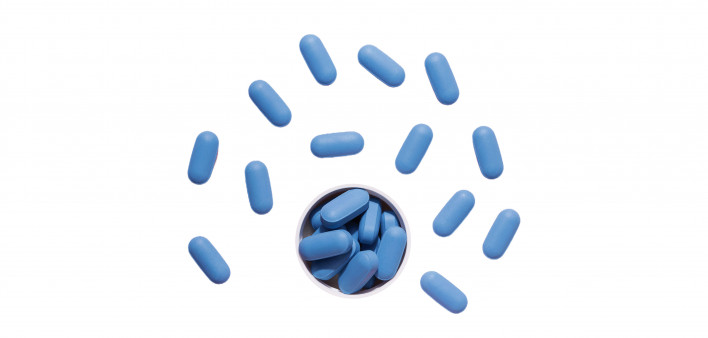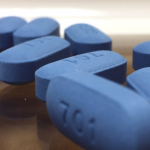U.S. states with the highest pre-exposure prophylaxis (PrEP) coverage saw the largest declines in new HIV diagnoses, a recent analysis shows. PrEP use has risen steadily since Truvada (tenofovir disoproxil fumarate/emtricitabine) was approved for HIV prevention in 2012. But while PrEP uptake has been high among urban white gay and bisexual men, coverage is lagging for women and Black and Latino gay men.
A team led by Patrick Sullivan, MD, of Emory University and AIDSVu, analyzed the population-level impact of PrEP on trends in new HIV diagnoses from 2012 through 2021 in all 50 states and Washington, DC.
Average PrEP coverage during 2012–2021 ranged from 5.8% in the 10 states with the lowest coverage to 15.7% in the 10 jurisdictions with the highest coverage. Looking at specific states, coverage ranged from 3.8% in West Virginia up to 22.2% in New York. Over the same period, the HIV diagnosis rate increased by 1.7% in the states with the lowest PrEP coverage while declining by 8.0% in the jurisdictions with the highest coverage, after controlling for viral suppression rates.
“In addition to HIV testing and PrEP referral programs, Medicaid expansion and PrEP Drug Assistance Programs have been found to be associated with higher equity in PrEP use, which is important to maximize the prevention benefits of PrEP,” Sullivan and colleagues concluded.







Comments
Comments